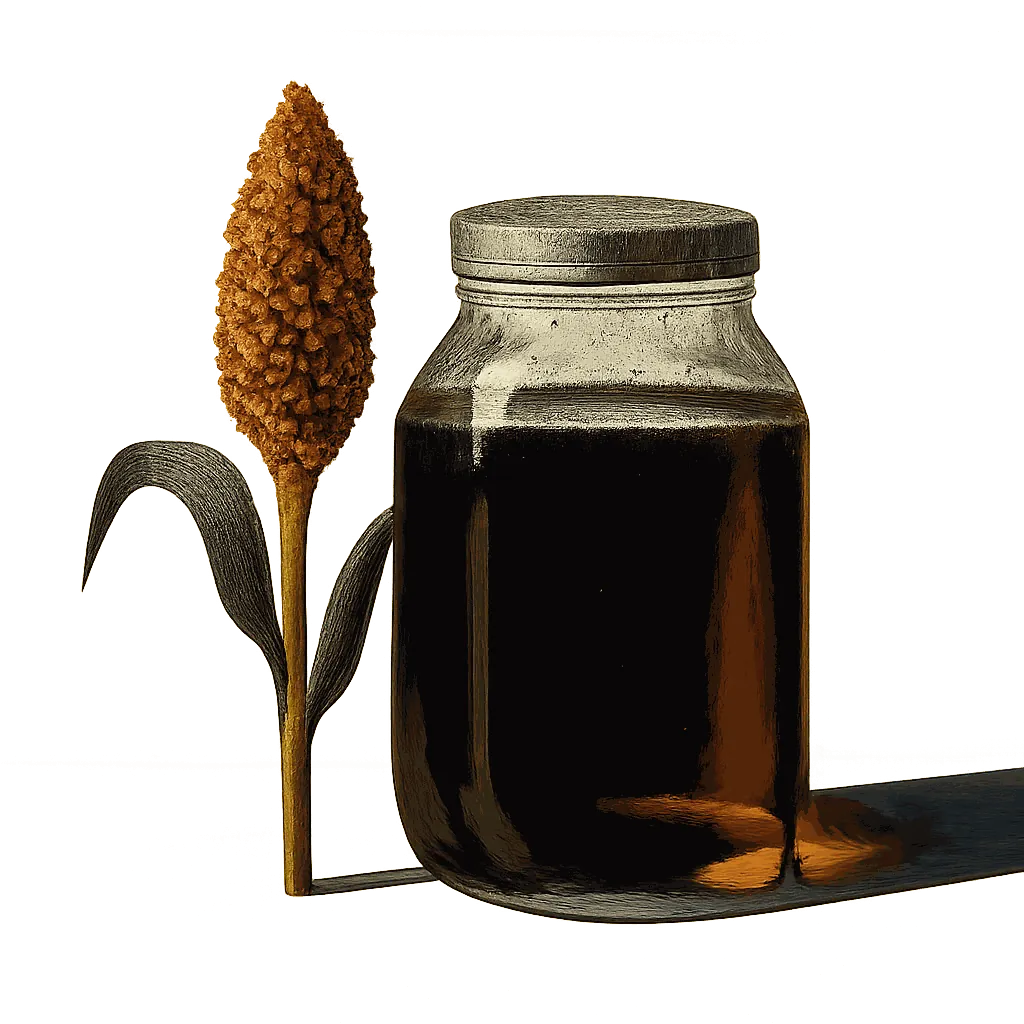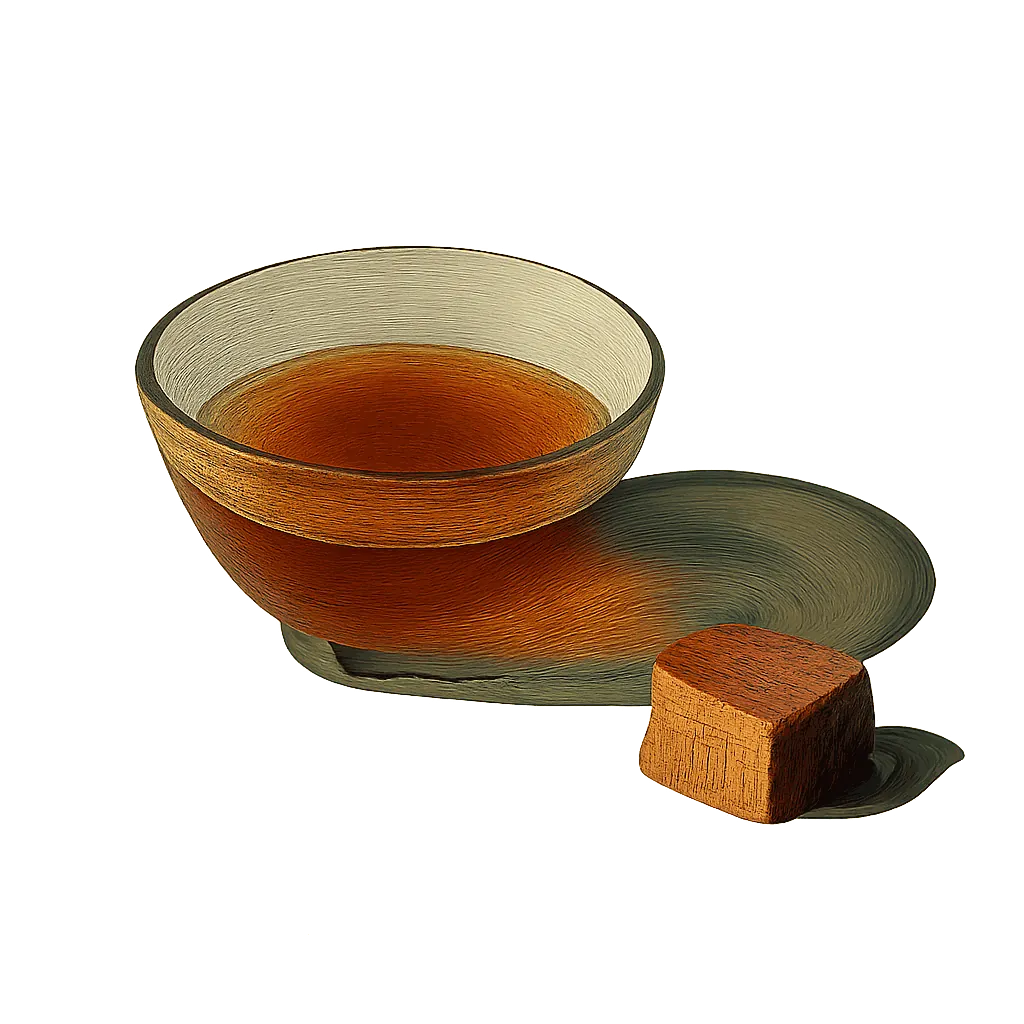Perfect Pairings & Recipes for
White Tea

Discover the best flavour pairings for white tea based on data analysis of thousands of recipes. Find perfect ingredient matches & delicious recipes.
White tea instantly conjures the embrace of blossom and the bracing kiss of honey. But look beneath its obvious sweetness and you'll discover a captivating symphony of softer notes, a whisper of tea, a hint of jasmine, and subtle accents reminiscent of pear that contribute remarkable depth. The gastronomic enchantment unfolds when we pair white tea with ingredients that let these nuances sing.
To map these harmonies, we analysed thousands of ingredients, breaking each one down across 150 flavour dimensions, identifying which notes complement and contrast. Our findings reveal, for instance, how double cream's lacteal tones can enrich white tea, or how yogurt's lacteal notes create an unexpectedly harmonious bridge with the soft floral aroma.
Flavour Profile Of White Tea Across 150 Dimensions Of Flavour
Flavour wheel chart showing the dominant flavour notes of White Tea: Blossom, Honeyed, Jasmine, Tea-Like, Pear, Peach, Grassy, Melon, Lychee, Cucumber, Apricot, Neroli
An ingredient's flavour comes from its core characteristics, like floral, nectarous, and vegetal, combined with its unique aroma notes (outer bars). When pairing ingredients, aim to include a broad variety of core characteristics for a balanced dish. And choose aroma notes that complement each other for a harmonious combination.
Unlocking Flavour Combinations
To understand exactly which flavours harmonise, we compiled a database of over 50,000 ingredient pairings commonly used in cooking. We then analysed these pairings, identifying the specific flavour notes that frequently appear together.
The Flavours That Harmonise With Blossom Notes
Strength of Association Between Flavours
The flavours most associated with blossom notes are: Lacteal, Clove, Cinnamon, Molasses, Fennel, Vanilla, Liquorice, Buttery, Oceanic, Ginger, Gentian, Lactic, Seaweed, Caramel, Limestone.
Our analysis reveals a strong connection between blossom and milk flavours. Since white tea has a distinct blossom flavour, try pairing it with the milky flavours of yogurt.
The recipe below provides inspiration for pairing white tea with yogurt.
Harmonious Flavours Of White Tea
Just as our analysis reveals that blossom and milky flavour notes harmonise well, we can identify the full profile of flavours that harmonise with each of the notes present in white tea. For instance, the honeyed notes of white tea are strongly associated with cedar and chalky notes.
The aroma accents complementary to the various aroma accents of white tea can be seen highlighted in the pink bars below.
Flavour Profile Of White Tea And Its Complementary Flavour Notes
Flavour wheel chart showing the dominant flavour notes of White Tea: Blossom, Honeyed, Jasmine, Tea-Like, Pear, Peach, Grassy, Melon, Lychee, Cucumber, Apricot, Neroli
Matching Flavour Profiles
The flavour profile of double cream offers many of the aroma accents complementary to white tea, including lacteal and butyric aroma notes. Because the flavour profile of double cream has many of the of the features that are complementary to white tea, they are likely to pair very well together.
Prominent Flavour Notes Of Double Cream Are Represented By Longer Bars
Flavour wheel chart showing the dominant flavour notes of Double cream: Buttery, Lactic, Milky, Butyric, Adipose, Honeyed, Caramel, Coconut, Proteolytic, Vanillic
The chart above shows the unique profile of double cream across 150 dimensions of flavour, while the recipes below offer inspiration for bringing these flavours together with white tea.
Linked Flavour Notes
Looking at the aroma accents that are most strongly associated with the various flavours of white tea, we can identify other ingredients that are likely to pair well.
White Tea's Harmonious Flavours And Complementary Ingredients
White Tea's Strongest Flavours
Complementary Flavours
Ingredients with Complementary Flavours
Flavour groups:
Nectarous
Acidic
Floral
Herbal
Spice
Vegetal
Maillard
Earthy
Carnal
The left side of the chart above highlights the aroma notes of white tea, along with the complementary aromas associated with each note. While the right side shows some of the ingredients that share many of the accents complementary to white tea.
Prominent Pairings
Our analysis identifies dishes that pair well with white tea and highlights the prominent ingredient combinations within these recipes. Key pairs include mango and green apple offering crisp tartness, strawberry and egg for sulfurousness, yogurt and sweetcorn for maize-like depth, and redcurrant and lemon zest for a complex resinous undertone. Explore these combinations to unlock white tea's hidden complexity, reveal deep nuance, and elevate its vibrant character.
Ingredient Combinations Among Dishes That Pair With White Tea
Flavour groups:
Sweet
Sour
Botanic
Herbal
Spice
Bitter
How Flavonomics Works
We've pioneered a unique, data-driven approach to decode the intricate art of flavour pairing. Our goal is to move beyond intuition and uncover the science of why certain ingredients harmonise beautifully. This rigorous methodology allows us to provide you with insightful and reliable pairing recommendations.
Our analysis begins with over 50,000 carefully selected recipes from acclaimed chefs like Galton Blackiston, Marcello Tully, and Pierre Lambinon. This premium dataset ensures our model distils genuine culinary excellence and creativity.
Each ingredient from these recipes is deconstructed across 150 distinct flavour dimensions, creating a unique numerical "flavour fingerprint." This quantification allows us to apply advanced analytical methods to identify complex patterns between flavour notes.
We identify popular ingredient combinations that frequently appear in our recipe database. Regression analysis is then performed on these pairings to statistically validate and pinpoint truly harmonious flavours.
These insights drive our predictive model, which allows us to take any ingredient (e.g., White Tea), analyse its detailed flavour profile, and accurately reveal its complementary flavours and perfect ingredient partners.
Explore More
Discover more ingredient profiles and expand your culinary knowledge. Each ingredient page offers detailed analysis of flavour profiles, pairing insights, and culinary applications.
The content on our analysis blog is semi-automated. All of the words were manually written by a human, but the content is updated dynamically based on the data.


